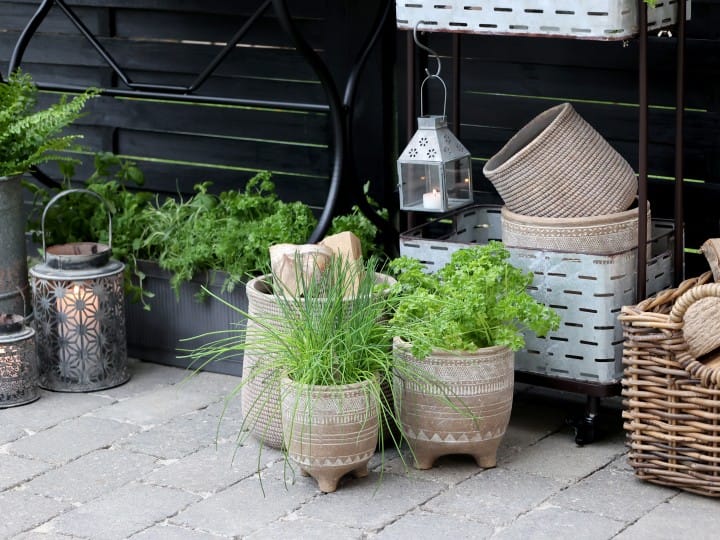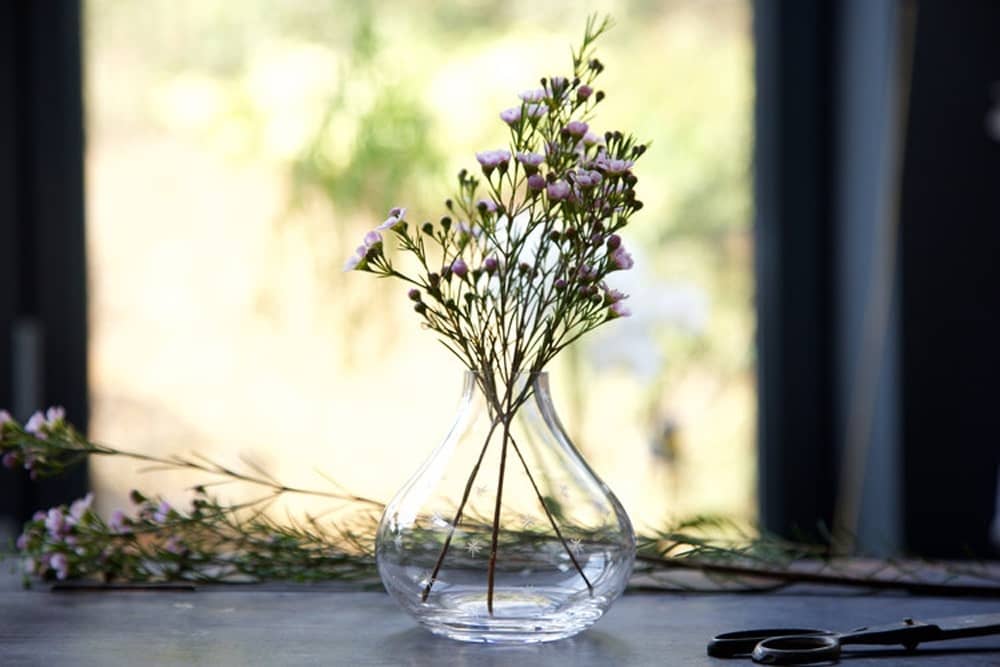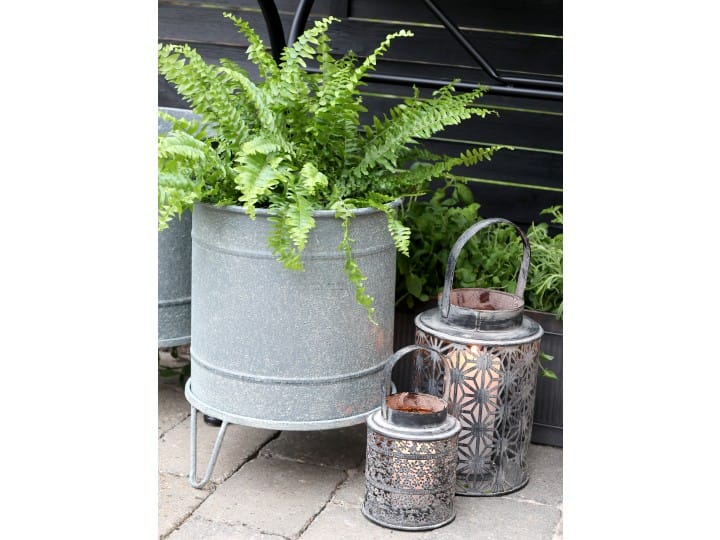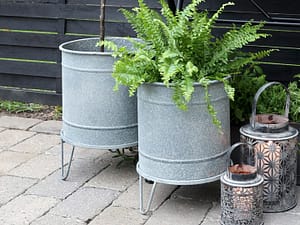We believe in gardens doing amazing things whilst looking glorious, and that the two can go hand in hand.
While our landscaping and garden maintenance services strongly focus on the creation of beautiful outdoors havens, we want to ensure our gardens are doing great things for the planet, too.
From wildflower meadows to bug hotels, the rewilding of our outdoor spaces is a movement that’s rapidly gaining momentum, and for very positive reasons.
Simply put, rewilding is the conservation, restoration and preservation of natural environments: letting nature reclaim outdoors areas and doing what we can to support this.
Read on to discover how The Oxfordshire Gardener’s talented team could create you a thoughtfully curated outdoor paradise, helping you play a part in doing great things for our planet.

Give Freedom to Nature
Leave a garden unattended for months and you’ll witness nature starting to reclaim the habitat; grasses will grow tall, weeds will sprout and wildlife will make homes.
However, we’re aware that many people would still like beautifully landscaped gardens to retreat to and enjoy. Therefore, here are some suggestions for how you can allow wilderness its freedom, without compromising on the outside space you love.
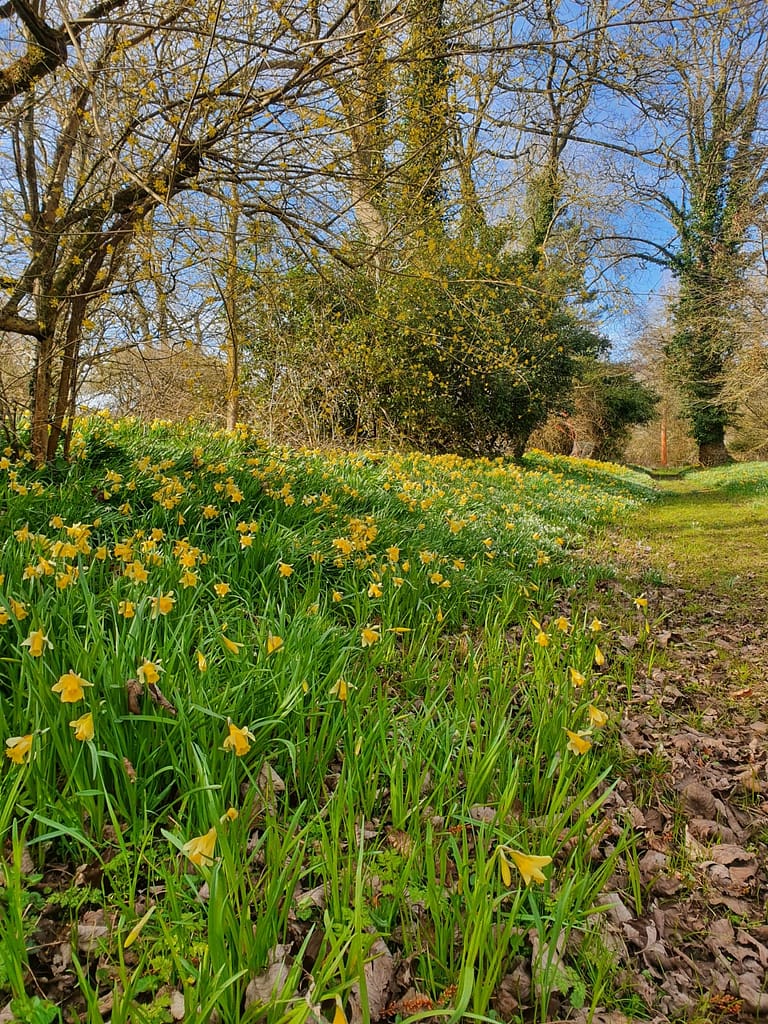
Encourage Wildlife with Wildflowers
Pollinating insects are crucial to the health and biodiversity of your garden. Unfortunately, populations of bees and other insects have been decreasing dramatically, so it’s vital to introduce insect-encouraging plants to the garden. Some that we love include astrantias, hellebores, lavender, buddleia and wisteria. The reward of not only happy bees, but also gorgeous flowers, is well worth the consideration.
Another approach that has had a rise in popularity over the last few years is the wildflower meadow, unsurprising when you consider its multitude of benefits. Wildflowers are not only beautiful, delicate additions to your garden, but they also encourage pollinating insects, birds and even small mammals to frequent the space, which is an amazing bonus. A wildflower meadow certainly doesn’t have to mean losing your lush lawn to an unkempt area of long grasses and various flowers. Clever garden design can incorporate a mini meadow area into your outdoor space, giving you the best of both worlds.
Consider creating a wildflower patch in your garden where you allow the grass to grow a bit longer and coax in the bees and butterflies with their favourite flowers, but without losing the design of the space.
Are you interested in the idea of a wildflower meadow, but not sure where to start? Get in touch with us today as we’d love to work on some wildflower projects, or design some insect-friendly planting schemes.

Kitchen Gardens
Kitchen and cutting gardens could be a great option to introduce some diversity to your outdoors, especially if you’re keen to keep your garden beautifully curated with a bit more structure than a wildflower meadow.
When it comes to sustainable eating, we should all be focusing on seasonal produce to reduce the air-miles of the fresh food on our dinner plates. However, why not go one step further and grow your own produce? This will further reduce your environmental footprint, cut down supermarket trips and save some money, too! The most sustainable fruit or vegetable is the one grown just a few metres from your front door.
A kitchen garden is a great option for nurturing your own crops of carrots, potatoes, squashes and more. One approach to bear in mind is polyculture planting, the cultivating of various varieties of plant in a space, rather than just one species. It’s a great idea because it encourages biodiversity in the soil, promoting a varied ecosystem. You don’t need exquisite green-fingers to get started, either. Some easy-to-grow options for your first attempt include tomatoes, potatoes and courgettes.
We’re on hand to build you some raised beds, if what appeals to you is an outdoor space that’s both functional and satisfyingly designed.

Cutting Gardens
Do you love the idea of freshly cut flowers brightening up your home, especially when paired with a beautiful vase?
Buying cut flowers can be expensive, not to mention that they are mostly imported. Unfortunately, this also means that they generally have a hefty carbon footprint: flowers are kept refrigerated after cutting to remain as fresh as possible, and flown hundreds or thousands of miles (still being refrigerated) to reach their destination.
Therefore, an excellent step to take would be to cultivate your own cutting garden. Not only will it look glorious when the flowers come into bloom, but growing a variety of flowers will increase the biodiversity within your garden. If you choose plants that are popular with pollinators, you’ll soon see bees and butterflies flitting around. Then, you can cut them as desired for arranging beautifully in vases, or gifting to loved ones.
You can create a cutting garden in pots, if you have a smaller space to work with, or we can aid with creating specifically designed raised beds for your flower growing galore.
When planting your flowers, fruits and vegetables, there are a number of methods and tactics which will help the garden remain environmentally friendly, by utilising rainfall and avoiding the need for harsh chemical pesticides.
Consider the time of year that you sow seeds or bury bulbs. Autumn and spring are ideal seasons, as the higher amount of rainfall means less need for you to water them yourself, therefore utilising the natural weather patterns.
When it comes to watering your plants, collecting rainwater is a great way of conserving tap water. Water butts or rain barrels are excellent for this, and can be designed with careful thought to ensure they fit in with your landscaped garden.
Using rainwater to water your plants has added benefits, too. It’s soft water, compared to the usually hard tap water, and will also be free of the salts and minerals that build up in tap water. Rainwater is also slightly acidic, compared to the alkalinity of tap water. Therefore, using rainwater will help to bring the pH of your soil back down to its optimum neutral.

Natural Pest Control
Unfortunately, there are some less favourable garden insects that can destroy the plants we’ve worked so hard to maintain. While these are not ideal, avoiding harsh chemical pesticides is important for helping rewild your garden. Luckily, there is a clever planting hack which can control pests without the chemicals: companion planting. This is the matching of different plants in order for them to benefit each other. A good example is the planting of carrots and onions together, as the onions cloak the smell of the carrots, deterring the carrot fly.
Encouraging birds into your garden is another excellent way of controlling garden pests naturally, as they will happily prey upon worms, snails and slugs (and many other insects). The best way to increase the presence of birds is by providing them with food and water sources. Do this by installing bird feeders, and a bird bath or pond, and soon you’ll be welcoming new feathered friends. To further exemplify this benefit, strategically place a bird feeder nearby to plants you’re especially keen to remain pest-free.

Compost your Garden and Kitchen Waste
Composting your garden and organic kitchen waste is an easy way to start bringing enriched goodness into your soil. This compost is then ideal to use for mulch in autumn, spreading it on top of borders and beds for healthy soil, and bringing even more biodiversity into your garden.
You can create a compost heap, or why not consider building bins to seamlessly fit into your garden scene? We’ve worked on numerous compost bin projects, and would love to discuss the options with you.

Ponds and Attracting Wildlife
Ponds are a fantastic way of increasing the presence of wildlife in your garden. They attract a wide variety of mammals, amphibians and insects, including frogs, newts and dragonflies! When designing a pond, however, it’s crucial to include one side that has a shallow slope to ensure critters can make their way out of the pond after having a drink or dip.
Another way to encourage wild visitors to your garden is to make entrances that enable them to access the enclosed area. For instance, hedgehogs are great garden friends as they eat many insects, like beetles, worms and slugs, therefore reducing the impact these insects have on your plants. However, hedgehogs can struggle to get into gardens that are blocked off by sturdy fencing or dense hedging. One way to help them and other small mammals enter the garden is to create a ‘wildlife corridor’ by making small holes in fences or hedging that they can travel through.

So, there you have it. Just by making a few small changes, you can sit back and enjoy your garden as it comes alive with buzzing bees, vibrant butterflies and chirping birds… all whilst knowing you’re contributing to the rewilding of an ecosystem and creating a positive impact.
If you’re feeling inspired by your garden’s rewilding potential, contact us today to discuss our many garden design and landscaping options.


